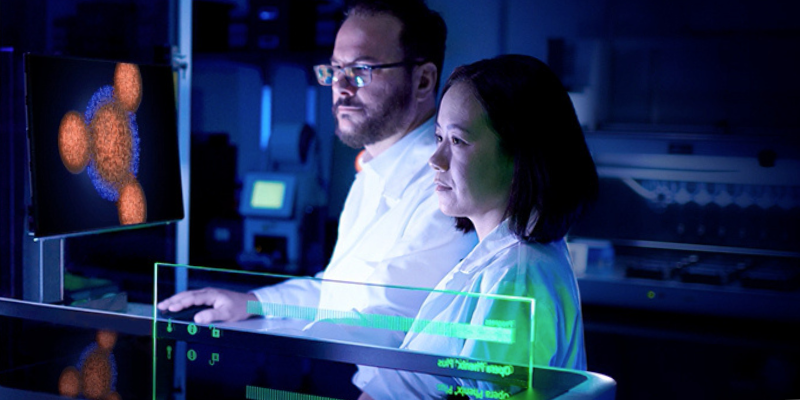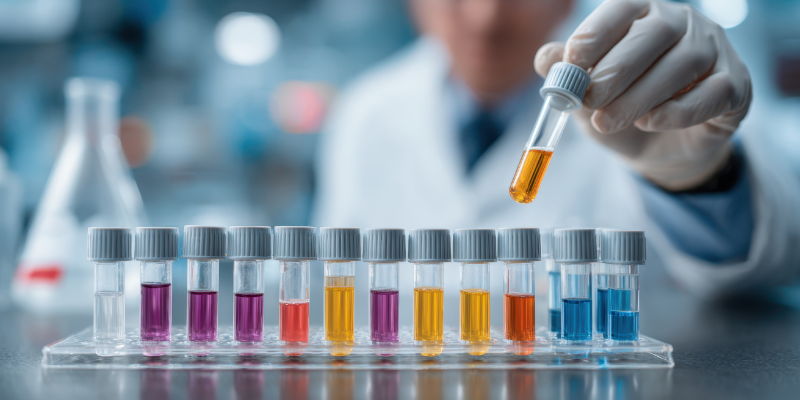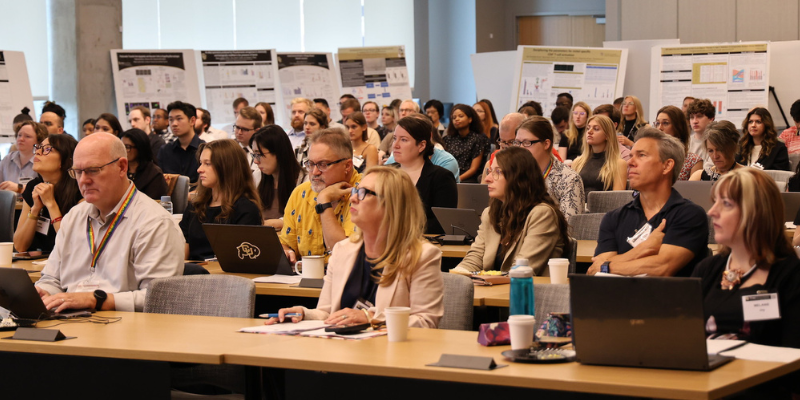Daniel LaBarbera, PhD, is on the cusp of a breakthrough in cancer treatment. He can feel it. And he wouldn’t have been able to get here without the help of a private donor who saw his work and believed that his team could improve cancer treatments – and outcomes – worldwide.
Dr. LaBarbera is the founding director of the Center for Drug Discovery on the CU Anschutz Medical Campus, housed inside the Skaggs School of Pharmacy and Pharmaceutical Sciences. The Center is focused on harnessing academic innovation in the form of drug discovery and development, with a goal of building a pipeline of lead drug therapies that have the potential for clinical translation. A chemist and pharmaceutical scientist, LaBarbera has spent the last 25+ years researching and developing novel cancer treatments with the goal of creating a world where patients with cancer, and their families, can continue to thrive. LaBarbera knows when a breakthrough is coming.
Laying the Groundwork
The Center utilizes a custom high throughput automated robotic system, which can cut drug screening time in half, and a diverse drug library of 125,000 small molecule compounds, but the Center’s work also includes biologics and even cell-based therapies. Based on this work and with the help of CU Innovations, an on-campus powerhouse designed to support CU researchers in developing biomedical technologies, LaBarbera founded Onconaut Therapeutics Inc. in 2022. Its primary goal is to undertake studies that help test a new drug for the first time in people to see if it’s safe and effective. Onconaut specifically looks at promising drug leads against oncogenes, or genes that have the potential to cause cancer. Its synergy with the Center provides a landscape for LaBarbera’s team to continue to advance their efforts.
As LaBarbera explained, the Center was built and supported by the University and its partners, but to drive additional research and to bring a new drug to market, it depends on private donors and investors. It started in January, when his Center was given a funding gift, the first gift to the Center from a private donor, to further develop drugs that target CHD1L, an oncogene known to fuel cancer progression, metastasis, and drug resistance in many cancers including liver, breast, lung, and colon cancers. The donor, Community Chest a group of breast cancer survivors, was particularly interested in this partnership between the School of Pharmacy and the Cancer Center.
“This gift came at the right time, when we needed a boost in our research. It allowed us to keep working and proceed to the next phase of drug development,” LaBarbera explained.
Expanded Research to Move the Dial
LaBarbera utilizes small molecule treatments to more precisely target cancer tumors. For this specific work, his team is creating a series of CHD1L (the identified cancer gene) blockers that will work with existing standard-of-care therapies, such as chemotherapy, improving survival rates and reducing cancer recurrence risk for patients.

In the lab, LaBarbera’s team is using 3D tumor organoids—miniature tumors grown from cancer cells—to better reflect how tumors behave in the body. These advanced models have shown that CHD1L-targeting drugs don’t just work—they dramatically boost the effectiveness of standard chemotherapy and targeted therapies for colon, breast, and other cancers. In some cases, they’ve made these treatments up to hundreds or even thousands of times more powerful, significantly increasing their ability to kill cancer cells.
“We are seeing an unprecedented amount of synergy between our drug and current treatments,” he said.
His team previously demonstrated this powerful drug synergy in mouse models of colon cancer that grow human tumors. Now, they’re testing CHD1L lead drugs in similar breast cancer models to see if the results hold up in living systems. If they do, these therapies could pave the way for a powerful new treatment approach—one that helps existing drugs work better and gives patients with aggressive cancers new hope.
So far, the CHD1L-targeting drugs appear to be well-tolerated in mice. As research moves closer to clinical trials, Onconaut will lead additional safety studies in accordance with U.S. FDA guidelines to evaluate potential risks and ensure the therapy is ready for patient testing. Until that stage is reached, Onconaut Therapeutics and the Center for Drug Discovery are working together to advance these promising treatments.
The thought of creating a new cancer treatment, one that has the potential to be more precise and effective, is exhilarating, not only for LaBarbera but for anyone who has ever been impacted by cancer, which is most of America. At the beginning of 2025, the American Cancer Society projected more than two million new cancer cases and over 600,000 cancer deaths in the United States for the calendar year.
How can we change those numbers? For LaBarbera, investors and philanthropic gifts, such as the donor who made this first financial gift to the Center, will be a major factor in his new drug development.
“I cannot say it enough. Without these funds, we would still be stuck in the earlier phase of development. The donation, and the flexibility to move forward, has been a godsend,” he said.
What’s Next?
LaBarbera plans to present initial results in the spring and early summer and is hopeful they will be positive. His goal is to move the drug into its first human trials within the next two to three years. He continues to emphasize the value of the CU Anschutz Medical Campus, where research and clinical teams work side by side to accelerate progress.
“Having all the facilities that we have, we can see this development from start to finish. We get to work closely with medical teams and see our work in action.”
Click to learn more about the Center for Drug Discovery.



